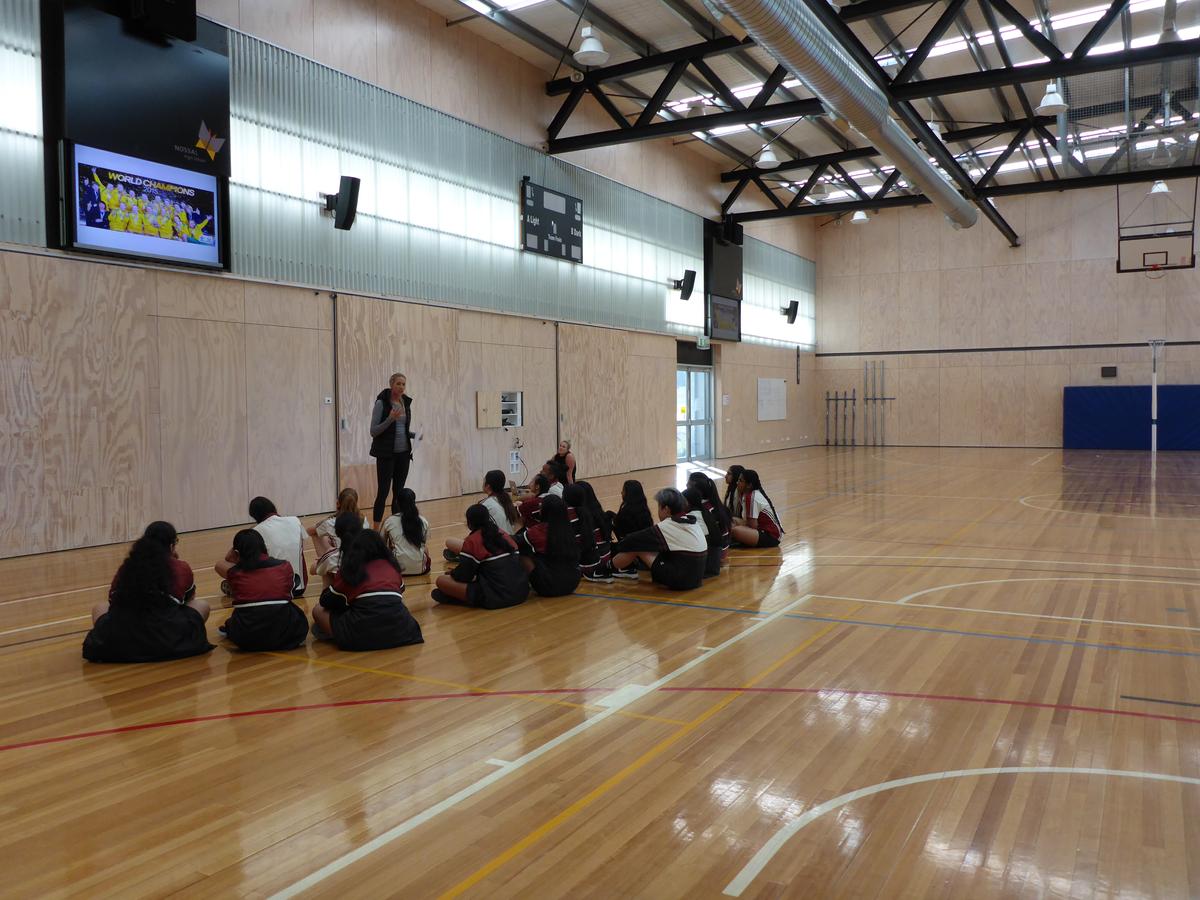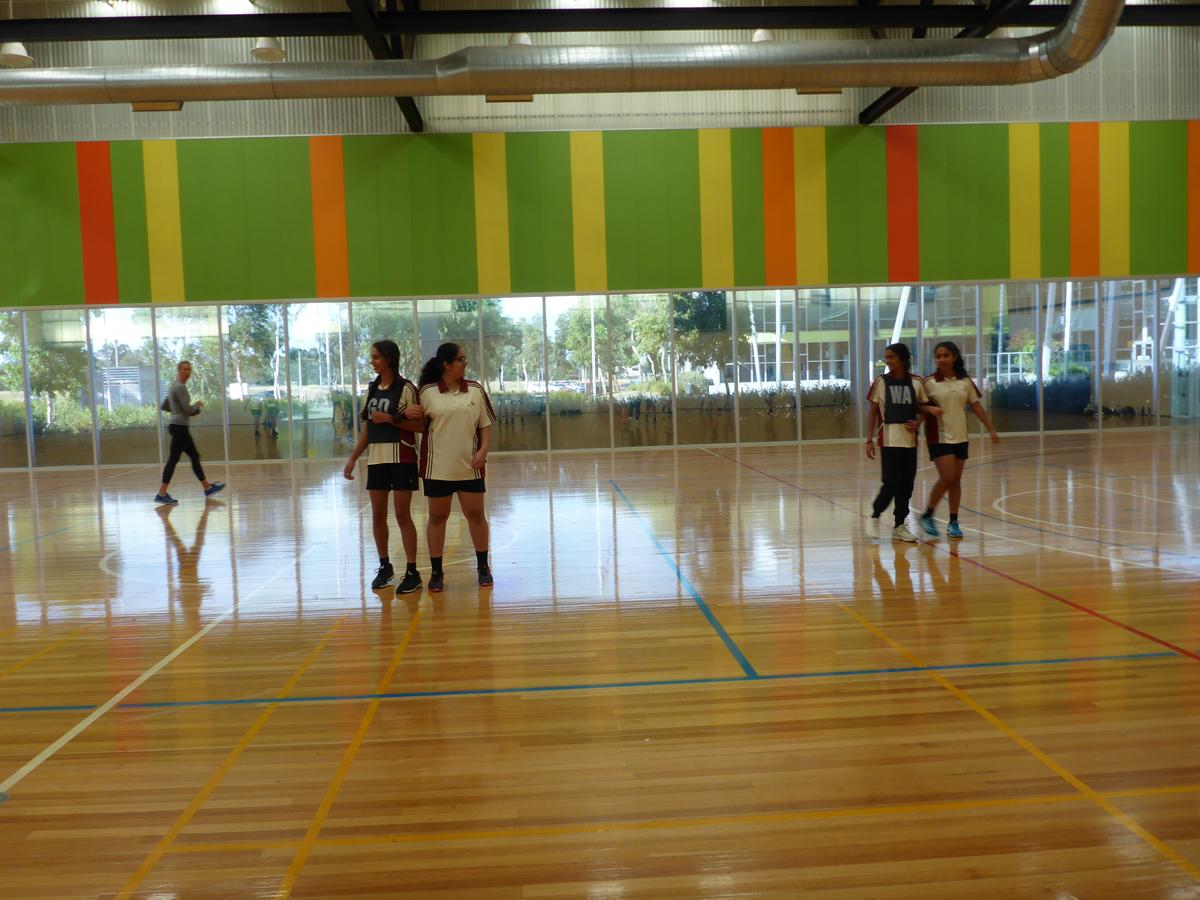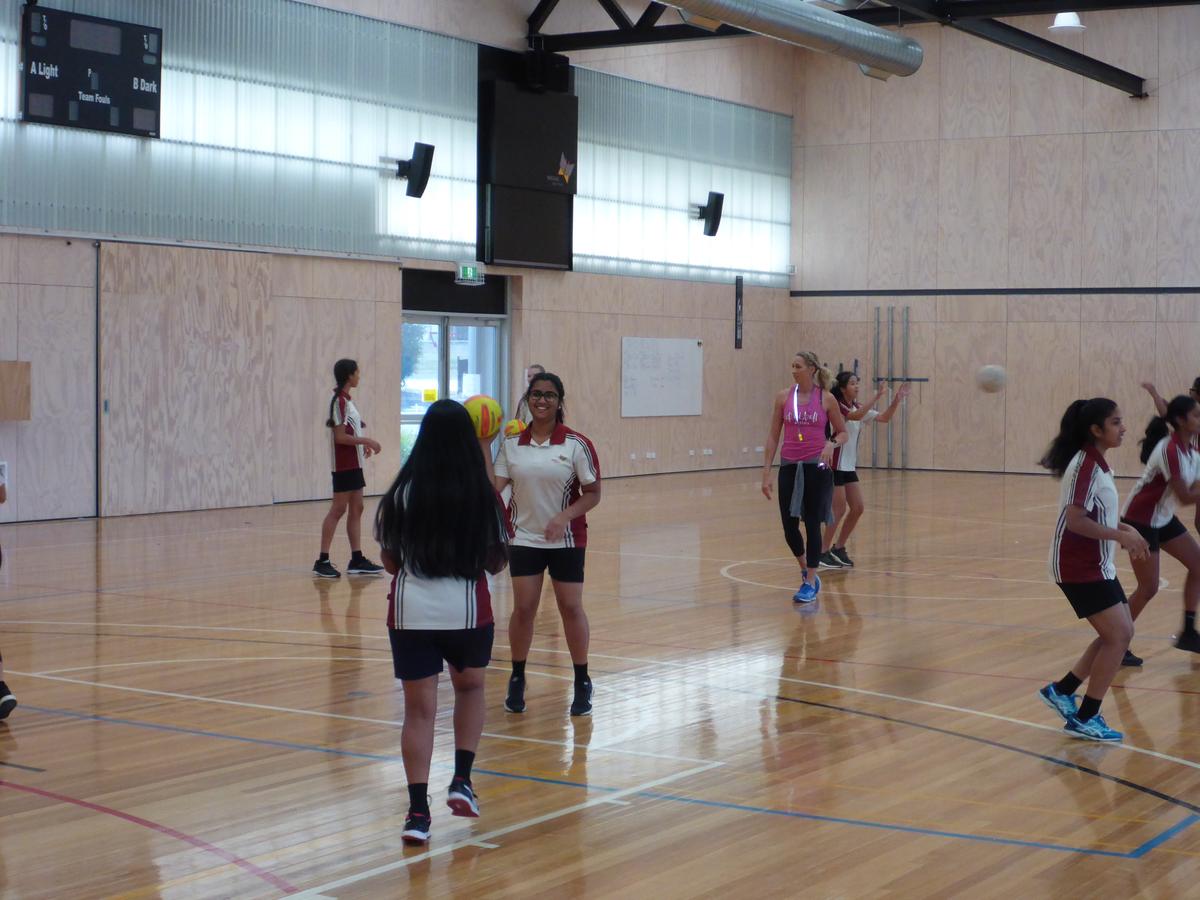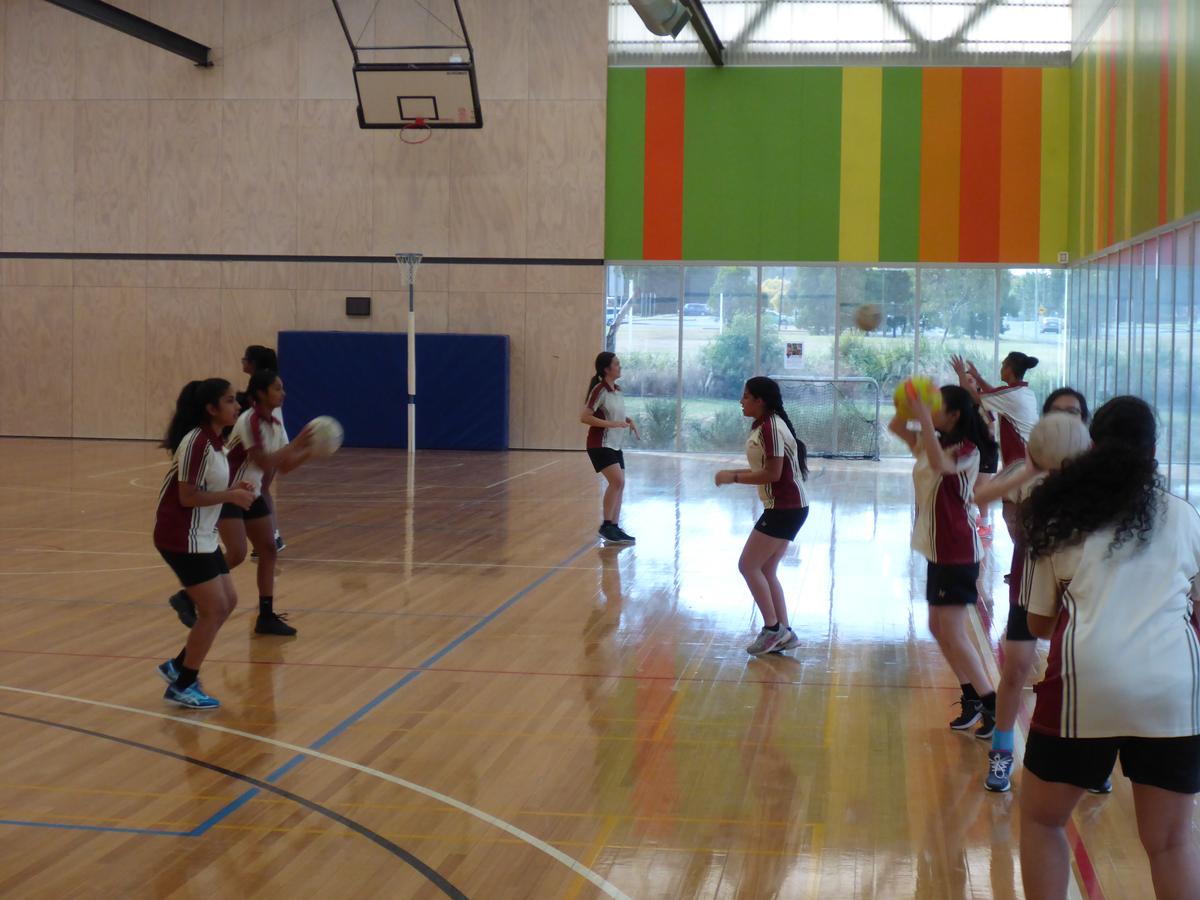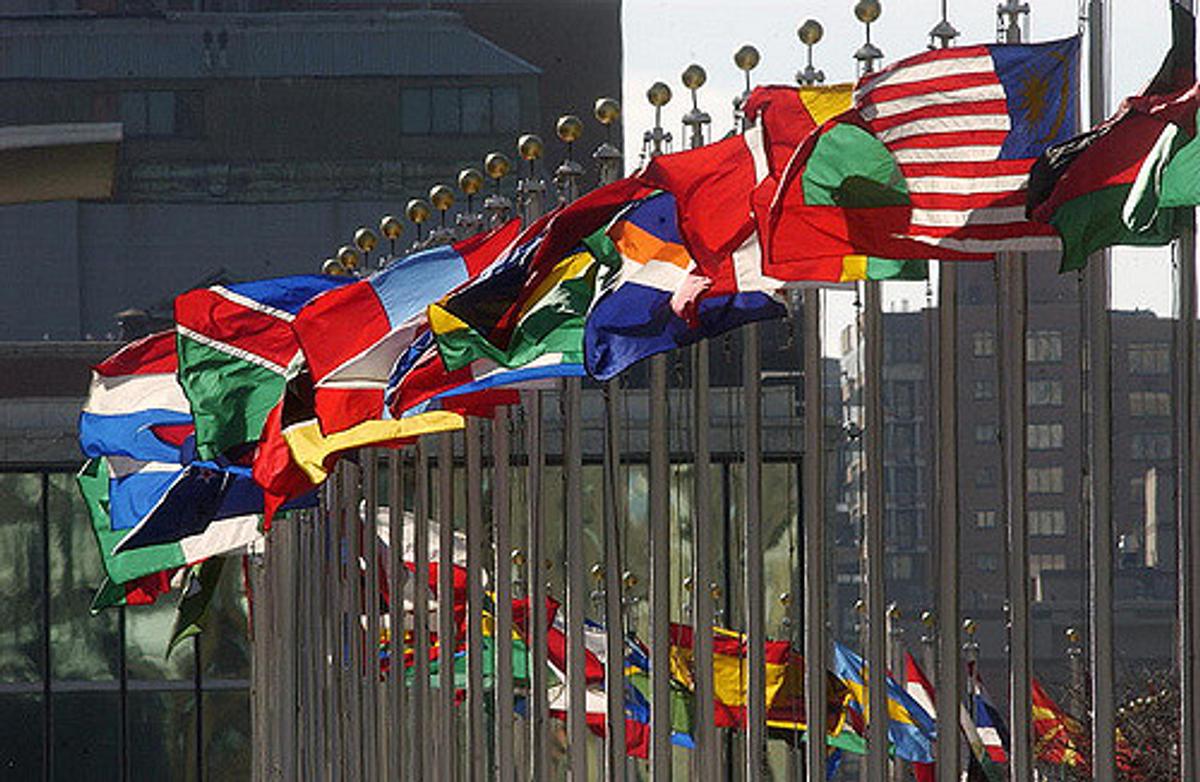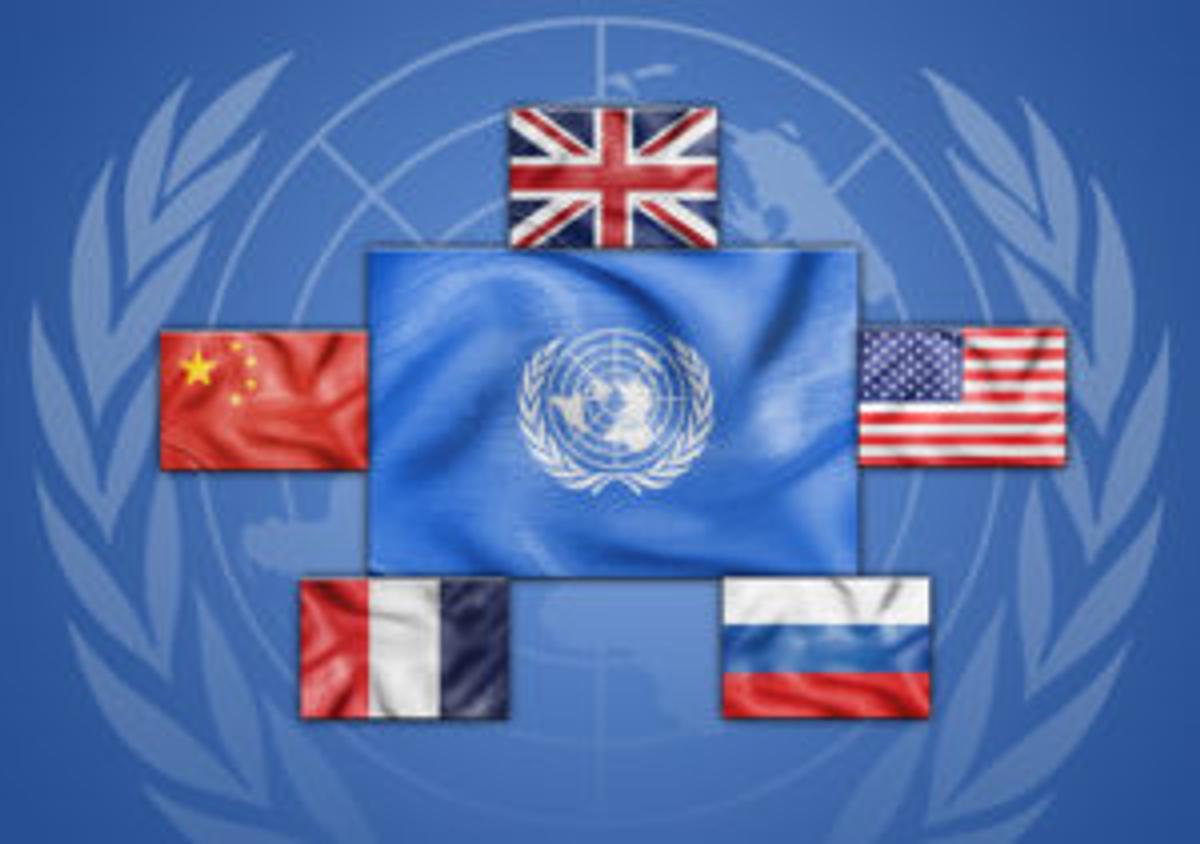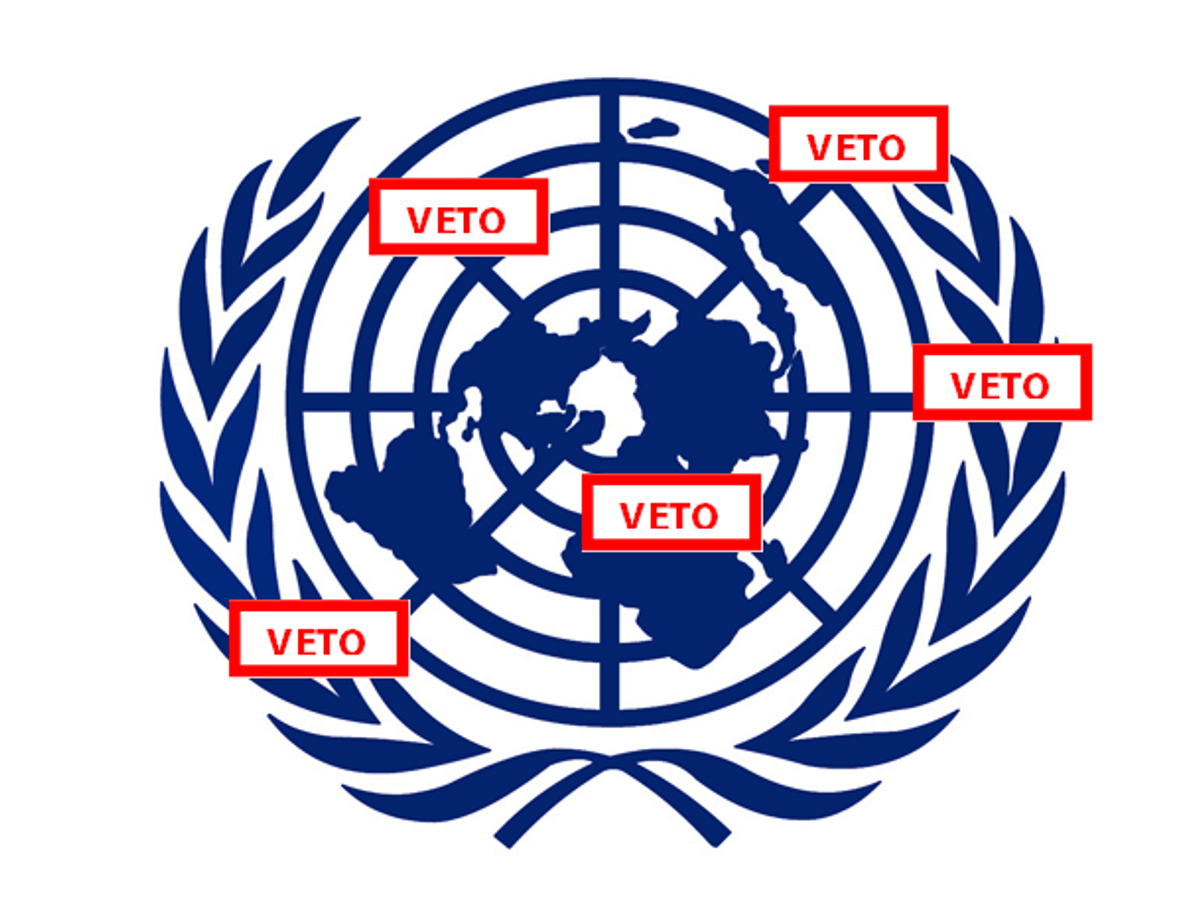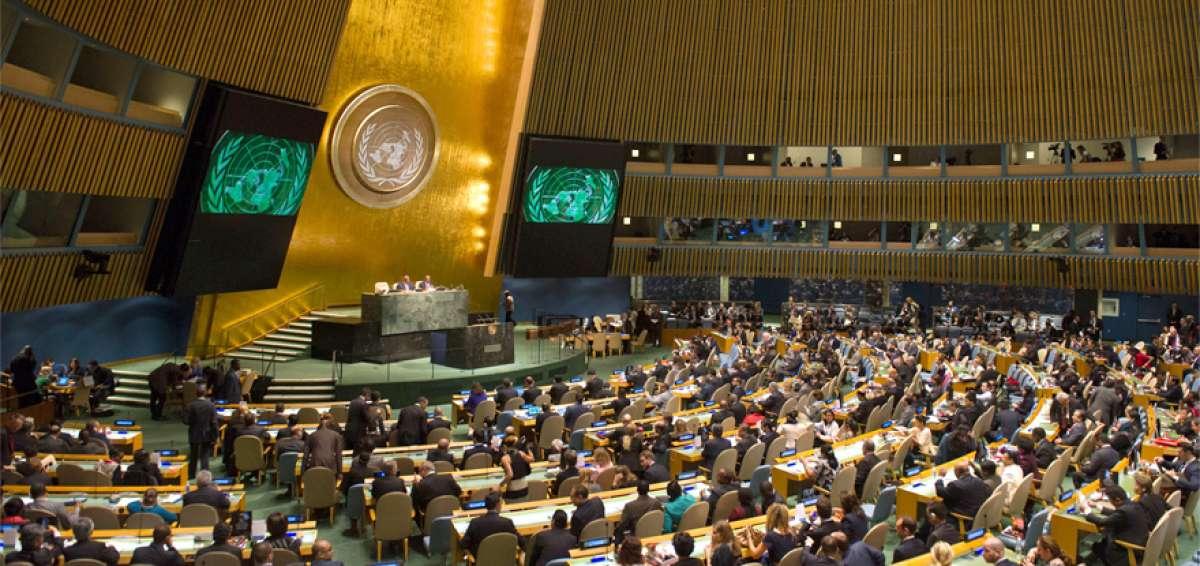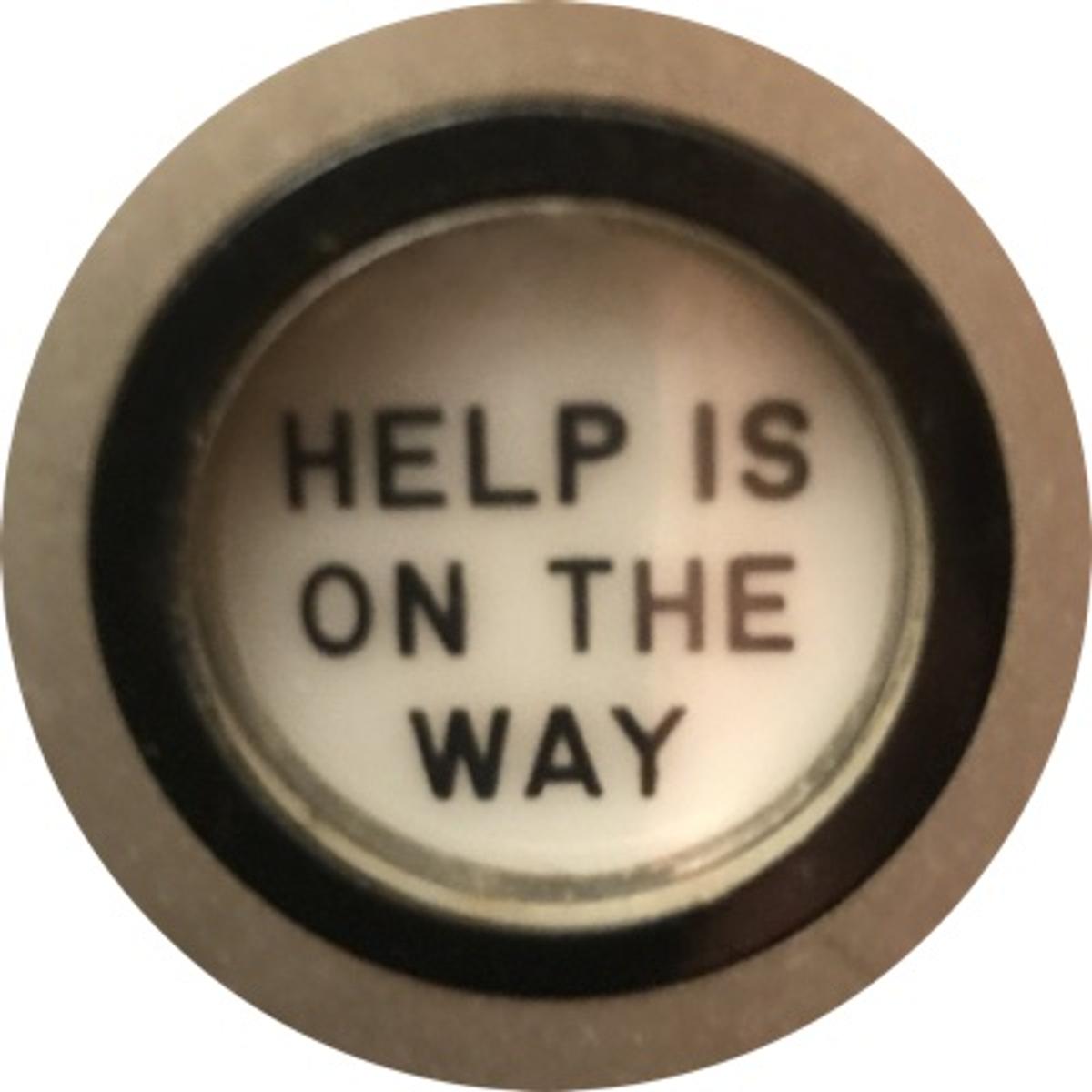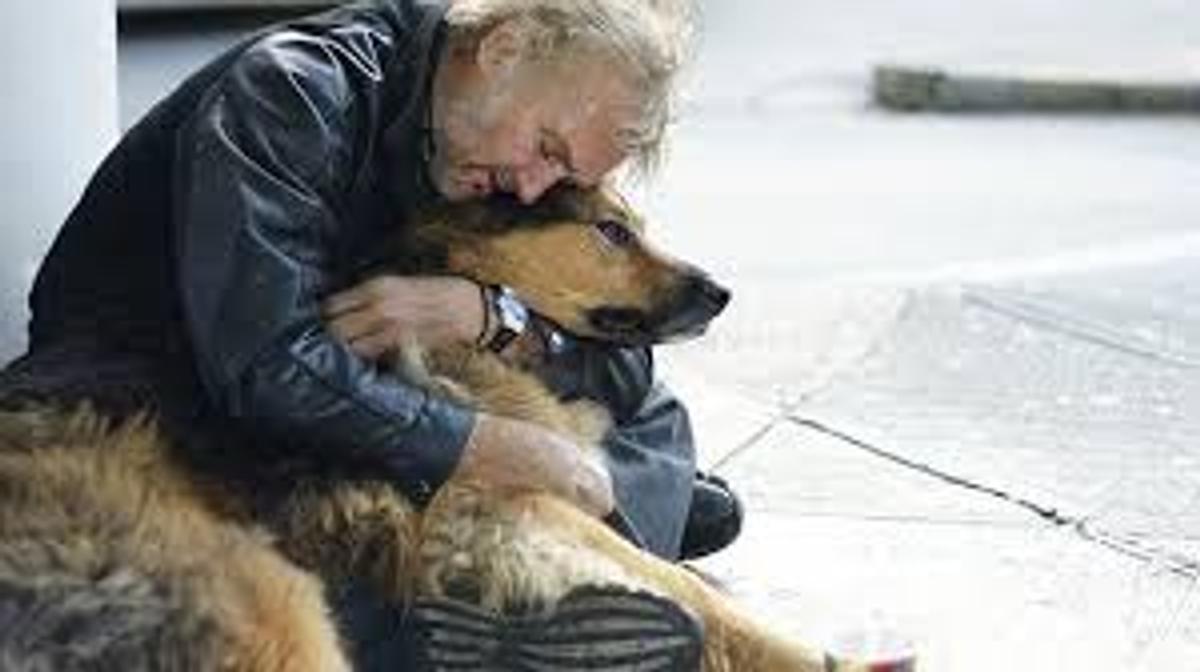Parallel - Student News

From the Editors: The End of the Beginning
As we wrap up the first term of 2018, we also, wrap up with the name that has served Nossal students’ official newspaper for well over a year: Student News.
Such a name has served the publication well, headlining some of the pioneering articles of the newspaper, and achieving a basic sort of brand marketing. However, as we seek to transition to more autonomous and broad coverage of current events through a student body perspective, we found changing our name to Parallel, a name created by a student and voted upon by students, as the most appropriate.
We therefore welcome you to the first issue of Parallel, the 24th overall issue of the Nossal student news publication. It is also the first edition that will be physically published in print. Although we are currently only able to print a low circulation due to costs, make sure to keep a look-out at the Library front and to get in quick to grab your very own, free copy of the newspaper.
Happy reading!
Jordan and Leo
Editors-in-chief
Year 11 Ball in doubt?
The class of 2019 could be the first one in Nossal’s history to have their traditional Year 11 Ball cancelled, Parallel understands.
According to Ms Kee, Year 11 Coordinator, this is due to a lack of confirmed numbers required for the Ball to go ahead. “We are 40 people short”, read the email sent out by Mr Page last Tuesday, indicating that “we will have to cancel the event” if the required 180 attendees are not confirmed by Friday the 20th.
This is thought to be due to an unexpectedly high rate of students responding “unknown” to the expression of interest distributed a fortnight ago, in conjunction with the low rate of students indicating a wish to take a partner to the Ball. Although this may be seen as quite disappointing, the revealed figure of 180 does seem extraordinarily high, given the fact that the cohort’s size is only 208.
There could be some hope on the horizon, though, with the threat issued by Ms Kee prompting many students to urge their friends to sign up and encourage them to bring along a partner as well. As of writing on Tuesday evening, Parallel understands that an additional ten students attendees have been confirmed, lowering the outstanding number to around 30.
In order to prevent this quite embarrassing situation from escalating, the newspaper urges all Year 11 students to express interest in attending this exciting event which will no doubt be a highlight of your time at Nossal.
Leo Crnogorcevic
Year 11 correspondent
LATE BREAKING NEWS!
The Year 11 Ball will go ahead... provided the required number of students actually purchase tickets to the event before 17 April.
Information regarding booking has been sent to all Year 11s by Ms Kee, please ensure you read the information and then get online and book your tickets ASAP!
Erin Bell Netball Clinic
On Thursday 15 March, 20 lucky students were given the opportunity to attend a 2 hour netball session with Collingwood Magpies netballer, Erin Bell. Erin kicked off the session with a presentation about her background and how she became one of the greatest netballers in Australia. She explained how she coped with such a hectic and stressful lifestyle and shared some extremely useful advice that could be implemented not only into the life of a netballer but also the daily life of everyone. Erin explained that the journey we take to achieve our goals isn’t always as smooth as we hope it to be and that being able to pick ourselves back up during our low moments will only make us stronger and more satisfied with ourselves and our achievements.
Shortly after, Erin got the students up on their feet and put them through a variety of drills that helped everyone to improve their netball skills. Everybody got sweaty and puffed out during the session which was great to see. They were all taught how to make quick but smart decisions, work efficiently as a team and always be ready for anything that may come their way.
By the end of the session the students were all extremely content and grateful for such a wonderful experience. Erin has traveled to many other schools around the country to share her netball experience and if you are ever given the opportunity to attend one of her sessions it’d be highly recommended that you take it up as her story is truly an inspiring one.
Somathyda Rim
Sports correspondent
The Explainer: United Nations
Many people have heard about the United Nations (UN) and have seen pictures of their headquarters in New York with all the various flags, but may be unsure of what the organisation does on a day-to-day basis.
Well, perfectly in accordance with its name, the UN is an intergovernmental organisation (IGO) that consists of many different (193 precisely) states from around the world. States in this sense are what are most commonly referred to as countries - Australia, Slovakia, Venezuela - having a permanent population, defined borders and recognised sovereignty. States are the primary organising unit of IGOs such as the UN, and like in the UN, are the main actors in organisations such as the International Monetary Fund (IMF) and the International Criminal Court (ICC).
Back to the UN, then - what does it actually do? Well, having been formed by the victorious Allies following World War II, the UN play a large role in ensuring international cooperation in preventing these types of conflicts in the future. Although this was what the organisation was primary responsible for in its early days, it has taken on a greater and different role in the modern age of globalisation.
Today, it can be seen as the face of humanitarian aid, negotiations for international treaties and supporting states in achieving sustainable development. In this way, the UN has become a truly international organisation, focused on urging states to take collective and cooperative action to address problems impacting on the whole world. An example of this can be seen with the negotiation of the much-cited Paris Agreement in December 2015. Through the United Nations Framework Convention on Climate Change (UNFCCC), the UN was able to urge 175 states to ratify commitments to reducing carbon emissions, among other provisions.
So how does the UN actually solve these issues of international concern, promote peace and security and coordinate diplomatic relations between its member states? Well, put simply, it does this through its various organs - sections of the organisation that are responsible for certain duties and tasks. The two most important of the UN’s organs are the Security Council (UNSC) and the General Assembly.
The General Assembly is the organisation’s plenary forum - each state is granted membership and can debate issues before the floor. However, although it has the power to implement resolutions, these are non-binding. The UNSC, on the other hand, comprises 15 states - the 5 permanent members (P5) and ten other states who are selected on a rotational basis. The UNSC has ultimate authority over issues of peace and security, being able to mobilise state military forces through its binding resolutions. Nevertheless, it too is limited, as the P5 (Russia, China, France, the UK and the US) can veto any proposed resolution by simply voting against it.
Although the UN has considerable power, it is still restricted by several factors. The organisation has been able to achieve successes in cases which often receive low media attention - these include its role in ending the decade-long conflict in Nepal, as well as its Sustainable Development Goals, which has achieved favourable outcomes such as growing water independence in Myanmar. Nevertheless, the UN has also failed in a number of circumstances to achieve its aims, often paralysed by its own internal structure. This is demonstrated through the way in which Russia has utilised its veto power 11 times to prevent action against Bashar al-Assad, the president of its ally, Syria. This is despite the numerous documented human rights abuses of the Syrian government, leading to commentators such as Peter Nadin from the Lowy Institute to say that “the UN has unequivocally failed the people of Syria”.
The success of the UN, ultimately, like many other aspects of the global political arena, depends on your personal view.
Leo Crnogorcevic
HELEN HELP ME:
Anonymous advice column
Send you questions and problems to student.news@nossalhs.vic.edu.au and we will ask Helen, our friendly and helpful problem solver to solve them for you... your questions will remain anonymous.
Story Corner: An inexplicable feeling
This issue’s theme: Man’s best friend
A man sat alone on the street, waiting for salvation’s hand. His hair was rugged, his clothes ripped. His eyes as dark as his soul. Beside him lay his filthy bag. What to a rich man was junk, to a poor man was the last of everything he had.
He stared out into the cold, gloomy streets of London. Not a single soul was roaming at that hour. Surely, they were all tucked into soft blankets, content, in the warmth of insulated walls. Perhaps for each, a glimmer of hope for tomorrow nestled deeply within their wealthy hearts.
What to a poor man was a dream, to a rich man was a reality.
He shivered and drew his torn blanket closer. He gazed down at the stains that had covered the blanket almost completely. Its tears exposed his skin to the icy wind and he closed his eyes, imagining he were somewhere else. Anywhere else. A faint sound, he could hear in the distance. A bark. But no, it was more than that. He could hear it in the quiver of the strong sound. It was a plead. A cry.
So what? It was probably just a dying dog. Happens every day. It’s the way of life. The man ignored the sound and leaned against the brick wall, his eyelids feeling heavy. His back slid down the wall as he drifted into a troubled slumber.
Even in his sleep, he shivered. Unconsciously, he drew the blanket nearer.
His hands shook. The cold wind blew against his exposed skin.
His head fell forward, his hair creating a curtain over his eyes.
Hs breathing was rough. He never did get used to London’s winters.
After many hours, the sun began to rise. The streets began to fill with people. And the same repetitive struggle that the man faced had begun again. There was a weight in his chest. It was always there.
As his eyes opened and were blinded by the sun, he noticed the feeling of a weight in his lap. Once his eyes adjusted, he looked down. Laying in his lap, asleep, was a dog.
His fur was dirty and pulled out in places. Where skin showed, dried blood showed, too. His body was an anaemic, skinny mess, and his eyelids were closed. Around them lay scratches.
What lay in the man’s lap was a life, slowly slipping away.
The weight in the man’s chest felt different then. There was something else there; he could not fathom the foreign feeling. But he couldn’t let a life fade away from within his reach. He took a dirty hand out from beneath the blanket and began to uncertainly pat the dog’s fur. The dog’s eyelids quivered and lazily opened. He stared at the man for a moment, before suddenly jumping up. He began to cautiously back away, but the man extended a fist and let it hover in the air before the dog. The animal stopped and guardedly began to sniff it. When he decided all was safe, he climbed back into the man’s lap.
And that was when, for the second time that day, the man felt a feeling of pleasure he could not explain. It was an inexplicable feeling he had never felt before. Maybe it was simply the pleasure of company. Maybe it was something more.
And so began the relationship that kept a glimmer of hope awake in the man’s heart.
The man named his canine Storm. A friendship made in heaven, the two endured the harsh conditions of winter together, snuggled against the cold, hard, brick wall with only one another’s warmth to rely on. Everyday, men and women would walk past without a second glance. But some would stop by and drop a coin or two out of empathy for the homeless man and his dying dog.
Both the man and his dog appreciated every penny. Every evening at week’s end, the man would walk into a small shop at the end of the street. He would buy anything he could afford with what he had; and he pushed his supply to last him the week.
Storm was fed by the man’s leftovers – but he’d have his own meat some nights, if they were lucky. It would take some convincing, though; for Storm cared for his man’s life more than his own, and any money spent on himself was money that could have been used to feed his master.
As the weeks went on, both the man and his dog grew weaker. Donations were scarce. As the winter nights got colder and the wind got stronger, the hours that people spent out on the streets was drastically reducing. One cold evening, Storm felt a drop of salty liquid settle on his cheek. He peered up at the man and saw that he was silently crying. His master gazed down at him with fear and hopelessness in his eyes. Storm closed his eyes and snuggled closer. He knew he wouldn’t be able to do it for much longer.
As the sun rose, the man began to stir. As his eyes opened and were blinded by the sun, he felt a weight in his lap. Once his eyes adjusted, he looked down. Laying in his lap was a dog. Fur had begun to grow on his dry patches of skin. Where it still showed, the blood was gone too. The injuries that once stole beauty from his eyes had healed and left scars in their places. His legs that were once a bony, weak mess had begun to fill up with healthy muscle.
But his eyes stared blankly at the sky above and the familiar heaving of his chest had silenced.
Life took more than it gave the man. But his dog gave to him more than life ever could.
Nalini Jacob-Roussety
Literary Ramblings: ‘The Night Circus’
by Erin Morgenstern
“the circus arrives without warning
no announcements precede it…
it is simply there, when
yesterday it was not”
The Night Circus, a mysterious black-and-white circus established in the late 19th century, dazzles spectators across the globe. Open solely at night, and disappearing miraculously and unpredictably, the Cirque des Rêves’ captivates all who manage to explore its mesmerising pathways, acts and events. However, the internal politics threaten to decimate the spectacle and the people within, and as the bigger picture unravels before the reader, the mysterious and potentially deadly battle begins…
The enchanting atmosphere created by Morgenstern entices the audience from the very first page, immersing them into the monotone circus and immediately making them part of the narrative. The various positions and perspectives explored allow the novel to develop slowly without losing its intrigue. This exposure and incremental development makes The Night Circus an incredible read, and impossible to put down. By the end, the reader finds themselves as passionate and enthusiastic as the rêveurs depicted – wishing to experience the night circus and the beauty and magnificence it entails.
However, the best part of this novel is its lack of solidarity. The less familiar you are with the novel beforehand, the better. The true magic of the Cirque des Rêves comes from the exploration you immediately engage with, without any prior expectations. When immersed into this incredible blend of fantasy and reality, the flaws in this world are highlighted, and you will will struggle to leave the universe Morgenstern creates.
Chaya Wajntraub
Culture correspondent
Do you have a text you’d love everyone to know about? Feel free to e-mail me at waj0007@students.nossalhs.vic.edu.au and I’ll do my best to recommend or review it in the next edition!
Get in touch
Jordan
Editor-in-chief
van0004@nossalhs.vic.edu.au
Leo
Editor-in-chief
crn0002@nossalhs.vic.edu.au

